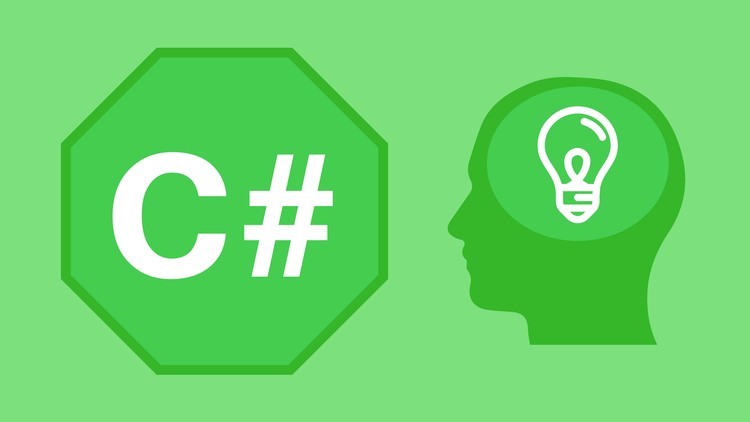Discover how to use design patterns to structure and simplify your Java program on this FREE Java Tutorial for Beginners
Summary
This free udemy course aims to educate Java programmers on the utilization of common design patterns to structure and simplify Java programs effectively. It covers a range of design patterns with practical examples, providing full source code to illustrate the implementation of these patterns.
Learning Outcomes:
- Understand common design patterns in Java.
- Identify the appropriate scenarios for applying these patterns.
- Use design patterns to enhance software structure.
Prerequisites: Basic knowledge of Java programming is required to follow this course.
Target Audience:
- Software developers
- Intermediate Java students
- Beginners who prefer immersive learning experiences
Course Structure: The course is divided into 3 sections, encompassing 19 lectures with a total duration of 4 hours and 27 minutes.
Course Content and Lecture Summaries
1. Introduction:
- Duration: 4:18
- Overview of the course and what to expect from it.
2. A Brief History of Software Design:
- Duration: 17:36
- Discusses the evolution of software design, touching upon why formal design methodologies are not the focus, despite covering significant aspects of software design.
3. Front End / Back End:
- Duration: 7:11
- Introduction to the fundamental design pattern that every developer should understand as a starting point.
4. Model-View-Controller (MVC):
- Theory:
- Duration: 9:25
- Explains the theoretical framework of MVC.
- In Practice:
- Duration: 18:36
- Demonstrates setting up a basic MVC framework, initially excluding “listener” components.
5. Observer Pattern:
- Theory:
- Duration: 14:04
- Covers the essential aspects of the observer pattern, crucial for UI programming.
- Example Involving Buttons:
- Duration: 19:22
- Provides a practical example using buttons in Swing.
- Implementing From Scratch (with MVC):
- Duration: 25:41
- Illustrates the implementation of the observer pattern within an MVC setup.
6. MVC Controversy:
- Duration: 5:30
- Discusses the debate over whether the model should directly communicate with the view, emphasizing practicality over rigid rules.
7. Singleton Pattern:
- Duration: 14:04
- Examines the controversial but widely encountered singleton pattern.
8. Beans:
- Duration: 4:28
- Introduction to “beans” for use as transfer objects in DAO patterns and other applications.
9. Data Access Object (DAO):
- Basics:
- Duration: 14:58
- Introduction to the DAO pattern for abstracting database interactions.
- DAO Factories:
- Duration: 6:34
- Explores creating factories to instantiate DAO objects.
- JUnit Basics:
- Duration: 23:18
- Provides a tutorial on using JUnit to test DAO classes.
- Extending DAO for Multiple Databases:
- Duration: 23:37
- Extends DAO to support multiple databases with interface definitions and abstract classes.
10. Saving to Memory:
- Duration: 15:21
- Discusses working with data in memory rather than directly saving to disk or a database.
11. Factory Pattern:
- Duration: 18:31
- Detailed look at the factory pattern, vital for job interviews and exams, focusing on object creation methods.
12. Facades:
- Duration: 6:51
- Simplifies the facade pattern, easing the understanding of creating facades.
13. Adapter Pattern:
- Duration: 18:14
- Explains the adapter pattern, which adapts interfaces to enable functionality use.
Conclusion
This comprehensive free udemy course offers a robust understanding of essential Java design patterns, vital for structuring programs efficiently and preparing for Java development roles and certifications. With a blend of theory and practical examples, it ensures that learners can apply these patterns in real-world scenarios, enhancing their coding skills and software design acumen.
What You’ll Learn
- Understand common design patterns in Java
Requirements
-
Basic Java knowledge
Description
Discover some of the most useful, important and common design patterns in Java; reusable code patterns that you can use to structure your program and perform common tasks. Includes lots of examples with full source code. “Design Patterns” has been the big buzz phrase in the Java community for some time now, and if you want to be able to write effective Java programs, work as a Java developer or pass exams in Java, you can’t afford to miss out. Fortunately, this course is entirely free 🙂
Take this FREE Java Design Patterns and Java Architecture course right now and learn everything about java design patterns and java architecture.
Who this course is for:
- Software developers
- Java students with an intermediate-level knowledge
- Java beginners who like being dropped in at the deep end





![[Part 2] Create Your Own Game in the MapleStory Worlds – Free Course On Udemy](https://couponcodenews.com/wp-content/uploads/2024/05/5128576_6033_11.jpg)




